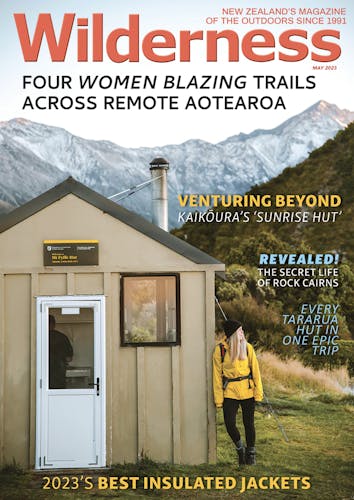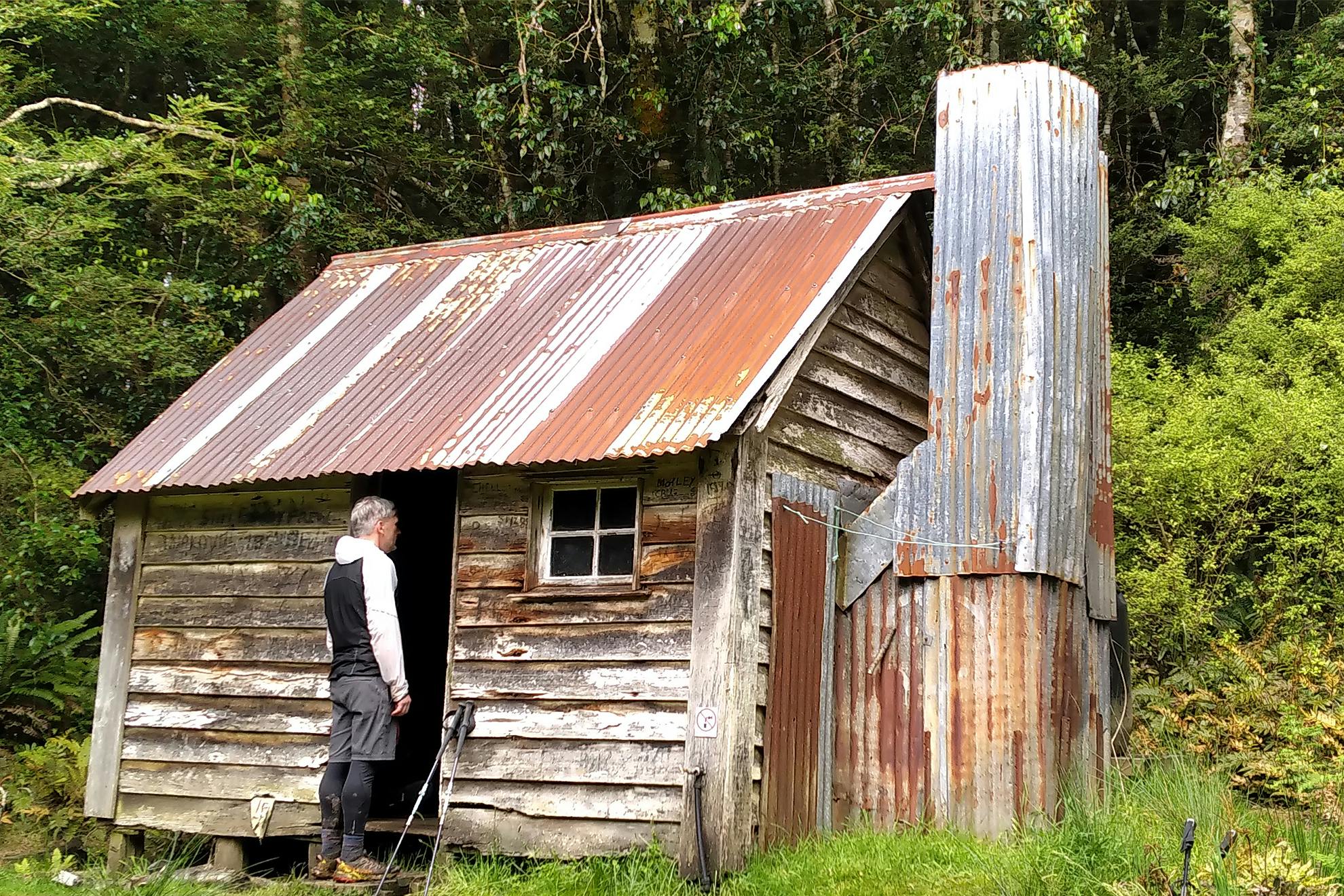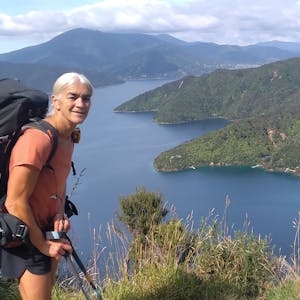The increasing allure of Te Araroa Trail is straining its existence.
Te Araroa Trail provides a fabulous opportunity to explore Aotearoa, and plenty of people seem to realise this.
According to Matt Claridge, executive director of Te Araroa Trust, there are more walkers on the trail this season than ever before: around 4000 with a split of roughly three overseas trampers to every Kiwi.
This can be considered as a story of growth and success. But how many can the trail comfortably and safely accommodate?
I can only speak to the South Island Te Waipounamu, having walked it northbound (NOBO) in December and January. I’m now retracing my steps to Bluff (SOBO). Being a Dunedinite, I could now be called a HOBO yoyo – a homeward-bound returnee.
All that aside, as well as many nights camping, I have so far stayed in 35 huts, almost all of which are managed by DOC.
I worry about these buildings. A few, such as those on the St James Walkway or in the Nelson Lakes area, are relatively modern and capacious. But the majority are small, old, dirty, and show signs of serious wear and tear.
The Richmond Range section is a good example. From Hacket Hut to Red Hills Hut, all huts are five- or six-bunk. When I went through in late January, every hut I stayed in was overfull: there were 15 people at Porters Creek, 16 at Top Wairoa, 10 at Tarn Hut, eight at Old Man and a whopping 22 at Hacket.
Such numbers put immense strain on resources, from toilets and water supply to mattresses, as well as small but important things like door handles, taps and window catches. There is a lot of ingrained dirt.
Further south, trail users stay in small backcountry huts and historic musterers’ huts. They are described by DOC as ‘basic huts’. Manuka, Comyns, Martin’s and Stodys huts fit here, all of them tender old timers that were never designed to accommodate such a surge of users.
Other aspects of the trail also seem to me to be unsustainable. Te Araroa Trust relies on a koha system that is patently not working (Claridge reported in December that only about 30 per cent of this season’s users had made the requested donation). There is no system to check the validity of hut users’ passes, or the koha contribution to the Te Araroa Trust. The tracks themselves are showing signs of degradation and erosion that will require time and effort to repair.
Local trampers, unaware of the overcrowding issues, are also being caught out. One Kiwi woman I met at Hope Kiwi Lodge near Boyle River, told me that if she had known the TA passed through the area, she would have chosen a different tramp for her quiet weekend away.
Throughout the South Island, facilities on the Te Araroa Trail are under enormous pressure. Is Te Araroa to be allowed to grow unchecked? I don’t believe this is possible, or desirable, and really hope that a workable solution may be found.








